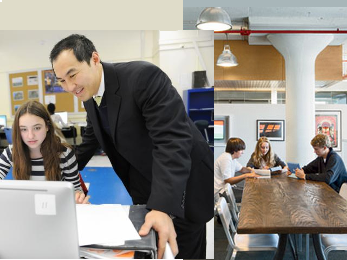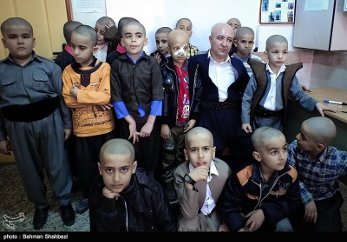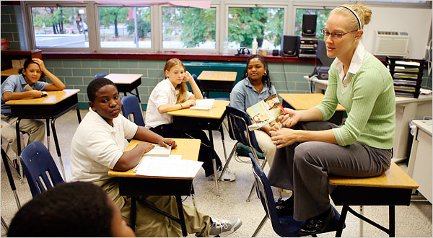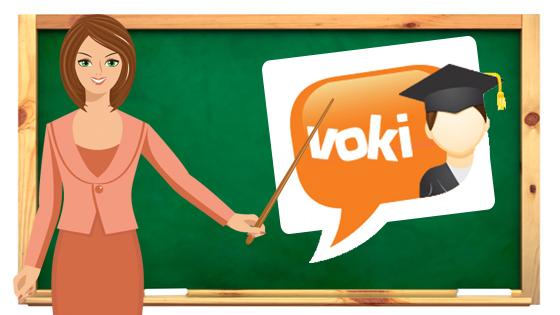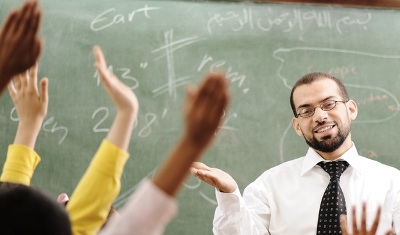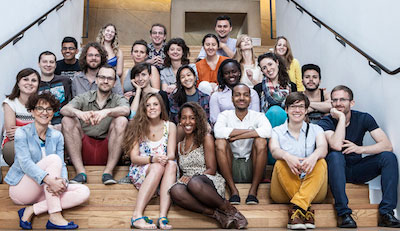One wonders what a nation might accomplish if it could finally set aside what appears to be a de facto commitment to inequality and put the millions of dollars spent continually arguing and litigating into building a high-quality education system for all children. To imagine how that might be done, one can look at nations that started with very little and purposefully built highly productive and equitable systems, sometimes almost from scratch, in the space of only two to three decades. As an example, we could think of Finland, who built a strong educational system, nearly from the ground up. Finland was not succeeding educationally in the 1970s, when the United States was the unquestioned education leader in the world. Yet this country created a productive teaching and learning system by expanding access while investing purposefully in ambitious educational goals using strategic approaches to build teaching capacity. The term “teaching and learning system” describes a set of elements that, when well designed and connected, reliably support all students in their learning. These elements ensure that students routinely encounter well-prepared teachers who are working in concert around a thoughtful, high-quality curriculum, supported by appropriate materials and assessments—and that these elements of the system help students, teachers, leaders, and the system as a whole continue to learn and improve. Although no system from afar can be transported wholesale into another context, there is much to learn from the experiences of those who have addressed problems we also encounter. Finland has been a poster child for school improvement since it rapidly climbed to the top of the international rankings after it emerged from the Soviet Union’s shadow. Once poorly ranked educationally, with a turgid bureaucratic system that produced low-quality education and large inequalities, it now ranks first among all the OECD nations. The country also boasts a highly equitable distribution of achievement, even for its growing share of immigrant students. More than 99% of students now successfully complete compulsory basic education, and about 90% complete upper secondary school. Two-thirds of these graduates enroll in universities or professionally oriented polytechnic schools. More than 50% of the Finnish adult population participates in adult education programs. Ninety-eight percent of the cost of education at all levels is covered by government rather than by private sources. Because of these trends, many people have turned to Finland for clues to educational transformation. As the analyst Sahlbert notes: “most visitors to Finland discover elegant school buildings filled with calm children and highly educated teachers. They also recognize the large autonomy that schools enjoy, little interference by the central education administration in schools’ everyday lives, systematic methods to address problems in the lives of students, and targeted professional help for those in need.” In a Finnish classroom, it is rare to see a teacher standing at the front of a classroom lecturing students for 50 minutes. Instead, students are likely to determine their own weekly targets with their teachers in specific subject areas and choose the tasks they will work on at their own pace. In a typical classroom, students are likely to be walking around, rotating through workshops or gathering information, asking questions of their teacher, and working with other students in small groups. They may be completing independent or group projects or writing articles for their own magazine. The cultivation of independence and active learning allows students to develop metacognitive skills that help them to frame, tackle, and solve problems; evaluate and improve their own work; and guide their learning processes in productive ways. The Phenomenon
Related Articles
Avenues: The World School & the Academy for Software Engineering
Shave your head to stop the bullying
the idea of the iranian teacher
What matters the most for a tennis player
caring for the children in Serbia
the Uncommon example
The best Web 2.0 Classrooms Tools (2)
part 2: Voki
how to overcome the challenges
the efforts of Viva Rio
Immersing ourselves in other cultures
Katy Kavanaugh, founder at 360.tv, spoke to OLBIOS from San Francisco on how travel is a great teacher and the gift of being able to immerse ourselves in a culture other than our own.
meet the Humanity in action
Educating 400 million African youths
through mobile gaming
![]()
STAY IN TOUCH
SUBSCRIBE TO OUR NEWSLETTER
AND RECEIVE OUR LATEST STORIES

